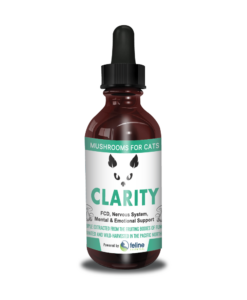Sadly, statistics don’t lie when it comes to free roaming cats.
According to UC Davis School of Veterinary Medicine, cats that live outdoors have an average lifespan of just 2 to 5 years. Indoor cats? More than 15 years on average. That’s a big difference – and it’s mostly due to the dangers they face outside.
Free-roaming cats are exposed to predators like coyotes and birds of prey, toxic substances like antifreeze and pesticides, and cars. They’re also more likely to get fleas, ticks, and worms – and they can be injured in fights with other animals. Even worse, some people even harm outdoor cats intentionally. Add to that the risk of extreme weather and it’s easy to see why life outside can be so short.
But that doesn’t mean your cat has to be bored indoors! There are plenty of safe, fun alternatives for free roaming cats that provide enrichment and satisfy their natural instincts.
Safe Alternatives for Free Roaming Cats
Build a catio – A secure outdoor enclosure gives your cat access to fresh air, sunshine, and the sights and smells of nature. Without the danger.
Leash training – With a harness and some patience, many cats enjoy short, supervised walks outside. Check out one of our favorite Adventure Cats for tips and escape-proof harnesses!
Window perches – Install a cozy perch near a sunny window so your cat can bird-watch all day long.
Interactive toys – Puzzle feeders, wand toys, and motion-activated toys provide mental and physical stimulation indoors.
Vertical spaces – Cats love to climb! Add cat trees, shelves, or wall-mounted steps for indoor exploration.
Scent enrichment – Sprinkle catnip, silvervine, or lay down an herb garden in you home to spice up their environment.
Rotate toys and play areas – Keep things interesting by switching out toys and moving scratchers to new locations regularly.
With a little creativity, you can give your cat all the adventure and stimulation they crave – without the risks of outdoor roaming.




Recent Comments